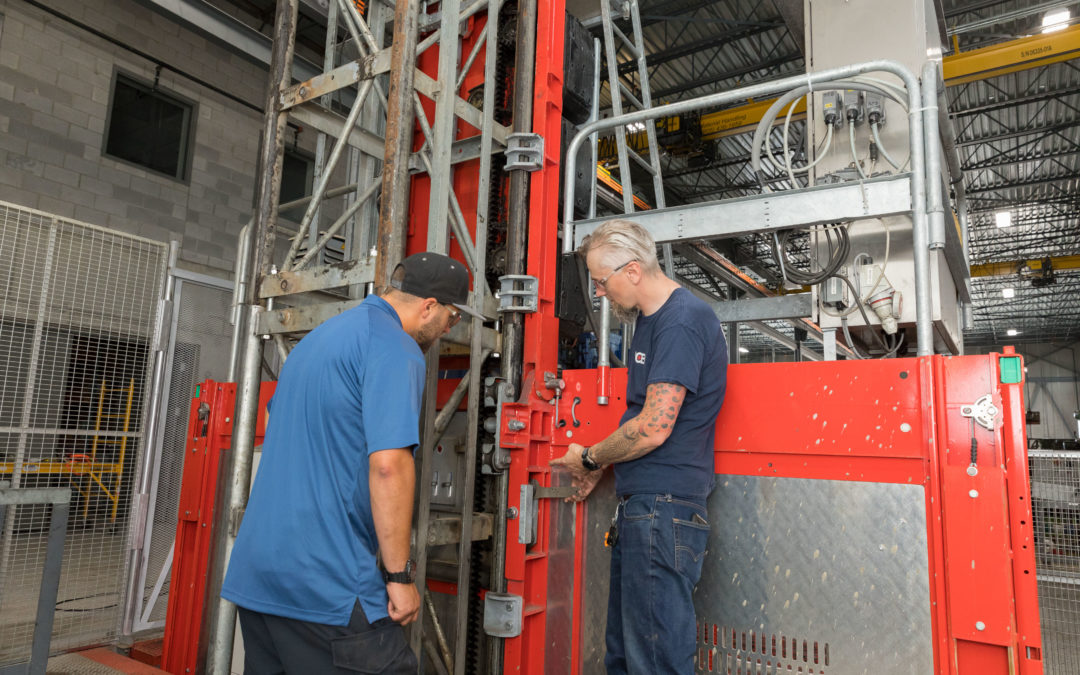In 2025, professionals in the construction industry will continue to need skilled hoist operators. Many of these workers are already well-versed in safety regulations and the operation of such equipment. Practical hoist training equips operators with the necessary knowledge to handle advanced machinery and adhere to safety standards. Construction hoist training, in particular, emphasizes risk avoidance at its highest level while ensuring the seamless functioning of the project.
Understanding the Importance of Safety
Safety is critical in hoist operation. The most advanced level of hoist training focuses on accident prevention and understanding the potential risks associated with transporting materials.
Key elements include:
- Ensuring proper use of personal protective equipment (PPE).
- Familiarizing operators with load capacities and handling limits.
- Conducting thorough pre-operation inspections to identify potential issues.
Operator training materials also include competencies in emergency response procedures so that operators are prepared for unplanned events, such as mechanical failure or adverse weather conditions.
Gaining Proficiency in Advanced Equipment
Most advanced hoists are now equipped with facilitative and constructive functions. Hoist operator training ensures operators are competent in these systems, such as safely operating the equipment onboard.
Training sessions typically cover:
- Operating control panels with precision.
- Recognizing and utilizing built-in safety features like load indicators.
- Addressing minor technical issues to reduce equipment downtime.
This practical experience enables operators to fine-tune operations to achieve optimal performance without damaging the equipment.
Maintaining Equipment and Ensuring Longevity
Maintenance is one of the most important factors in prolonging the service life of hoists. Training courses cover the frequency of daily checks and preventive maintenance cycles to ensure optimal conditions for equipment.
Operators learn to:
- Undertake standard wear checks and failure analysis of critical parts.
- Report faults promptly to prevent more significant operational issues.
- Record equipment usage for maintenance tracking and compliance.
In addition, these protocols help ensure equipment reliability, improve site safety, and increase operational efficiency.
Improving Communication on Site
Effective communication between operators and site personnel is crucial to efficient hoist operations. Training includes strategies for ensuring clear instructions and coordination during material transport.
Key focus areas include:
- Using standard signals and communication tools.
- Synchronizing operations with ground teams for seamless workflows.
- Minimizing delays caused by miscommunication during transport activities.
This principle ensures a safe and efficient material handling cycle.
